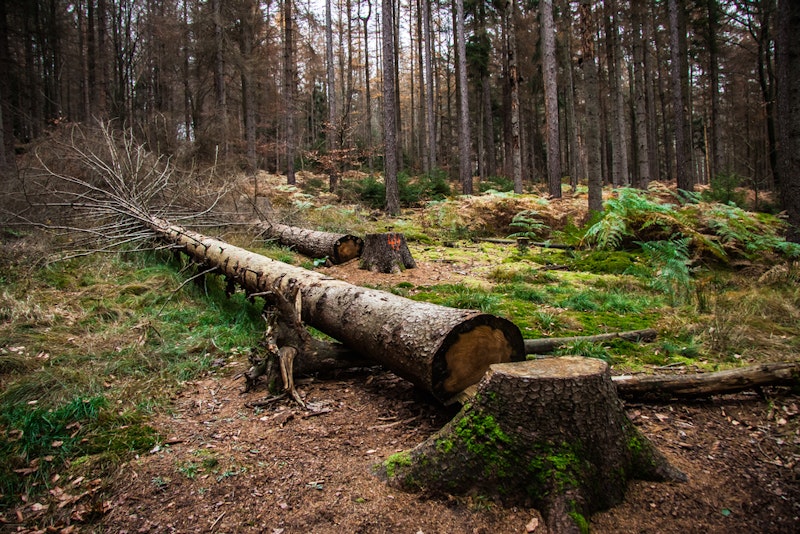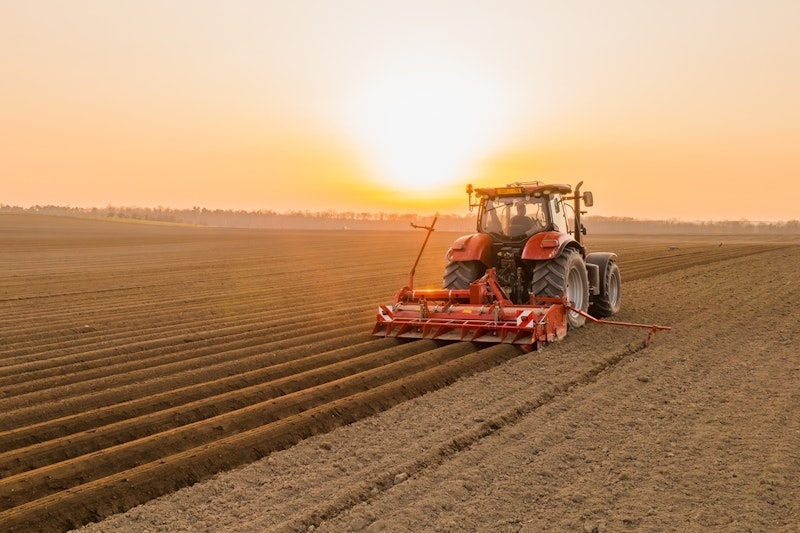Study Notes
GCSE Geography | Human Causes of Flooding (River Landscapes 8)
- Level:
- GCSE
- Board:
- AQA, Edexcel, OCR, Eduqas
Last updated 17 Oct 2024
There are several human factors that increase the risk of flooding.
Urbanisation
As towns and cities grow more and more land is covered in tarmac and concrete - these are impermeable so water cannot soak into the ground which means the water runs over the land as surface run-off. The increased demand for housing means that more and more land on the rural-urban fringe is being developed on, increasing the flood risk there, but it also means that land on floodplains is sometimes used for new housing developments, and covered in impermeable materials too.
In addition there are few natural areas to store excess water in urban areas and water gets into rivers quickly via gutters, drains and culverts, meaning that discharge rises at a faster rate than it would in rural areas.
The growth in car ownership has also made the problem worse as many people have concreted over their front gardens to make space for car parking, particularly in the inner city and inner suburbs where there are few other places to park. Almost half of UK households have two or more cars. Even if car parking is not an issue many people pave over lawns to make their gardens as easy to maintain as possible.

Deforestation
Linked to urbanisation is deforestation as many trees have to be cut down to make way for housing developments and infrastructure. Fewer trees reduces interception (fewer leaves to stop rain reaching the ground) and root uptake (less roots to absorb water from the soil) so soil gets saturated much more quickly, leading to increased surface run-off, and a higher risk of flooding.
Fewer trees also means fewer roots to hold soil in place so more soil erosion will take place. This means when it rains exposed soil will be washed into rivers causing sedimentation and reducing the channel capacity, increasing the likelihood of flooding.

Agriculture
Mechanisation of farming means that hedges have been removed to make huge fields which make farming more efficient due to the use of large machines. If there are fewer hedges then less interception can occur.
In the south of England intensive arable farming (crops) dominate - after crops have been harvested fields are usually left bare over the winter. These means that during the months when rainfall is heavier there is no vegetation to intercept rainfall or roots to soak up excess water. Ploughing furrows into fields also creates artificial channels that allow run-off to travel quickly back to rivers, and allows soil to be washed into rivers more easily, causing a build up of sediment which decreases the rivers capacity, meaning it needs less water to flood.
Changes in farming also mean that less land is actually needed as intensive farming is characterised by huge sheds, concrete yards and vast polytunnels, so farmers often sell off fields to property developers as they can make more money that way, which again means more land is covered in impermeable surfaces such as tarmac and concrete.

You might also like

Unsustainable growth degrades Asia's land
8th October 2015

Glaeser on Making Mega Cities Work
18th April 2017

Urban Farms and Vertical Farming
29th August 2017

Planning Africa's Smart Cities
30th December 2017
Deforestation in Uganda
19th June 2020
‘Clear the Deck’ Interactive Revision Quiz for Paper 2: Urbanisation
Quizzes & Activities